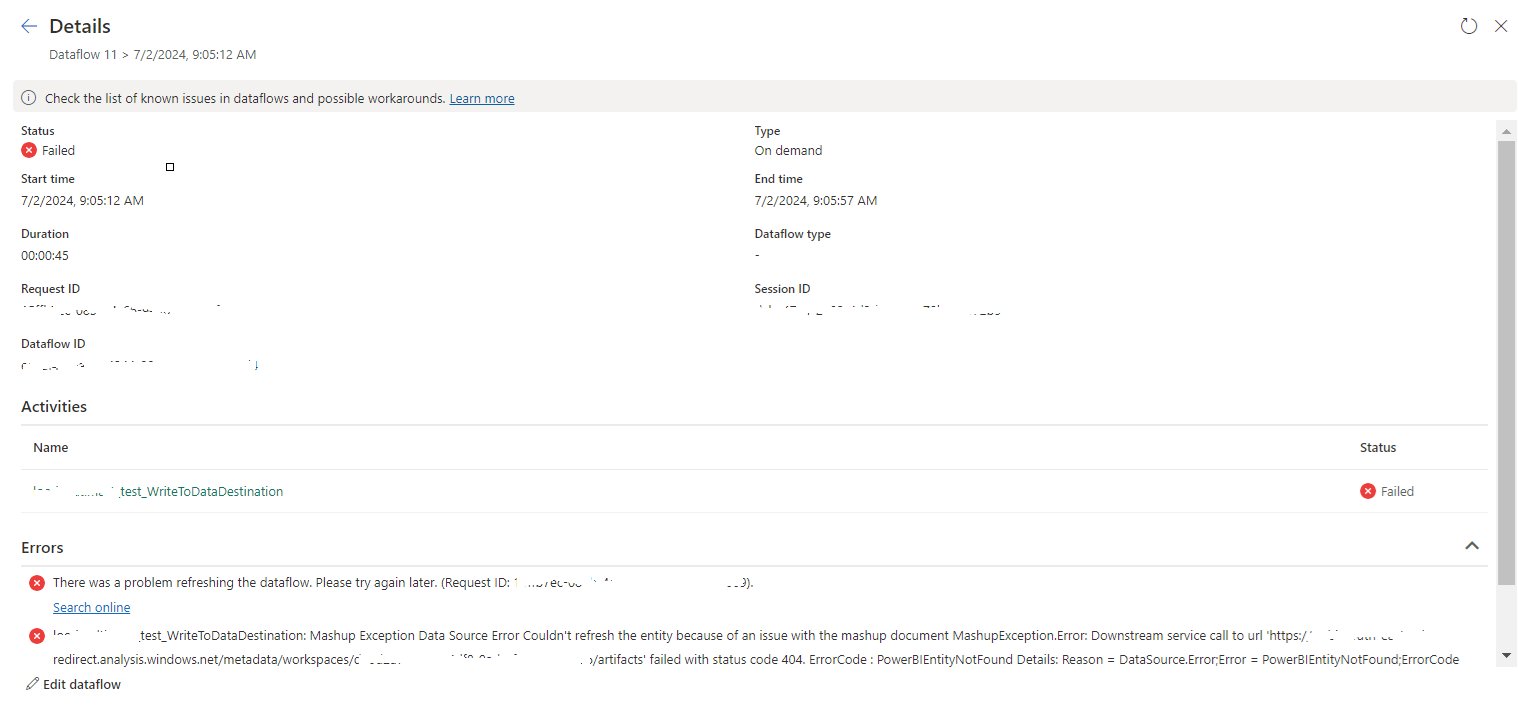Below PowerShell script can be used to migrate the SQL Server Report Server permission from one SQL Server Reporting Server to another:
#Source Report Server
$SourceReportServerUri = 'http://sourceserver/ReportServer/ReportService2010.asmx?wsdl'
$InheritParent = $true
$SSRSroot = "/"
$rsProxySource = New-WebServiceProxy -Uri $SourceReportServerUri -UseDefaultCredential
$ItemListSource = $rsProxySource.ListChildren($SSRSroot, $InheritParent) | Select -Property Path, TypeName | Select Path
#Iterate through every Item
foreach($ItemSource in $ItemListSource)
{
#Return all policies on this Item
$PoliciesSource = $rsProxySource.GetPolicies( $ItemSource.Path, [ref] $InheritParent )
#Iterate through every Policy
foreach($rsPolicySource in $PoliciesSource)
{
$RoleNames = $rsPolicySource.Roles
foreach($Role in $RoleNames)
{
$RoleName = $Role.Name
$GroupUserNames = $rsPolicySource.GroupUserName
foreach($GroupUserName in $GroupUserNames)
{
#Destination Report Server
$DestinationReportServerUri = 'http://destinationserver/ReportServer_SSRS2017/ReportService2010.asmx?wsdl'
$rsProxyDestination = New-WebServiceProxy -Uri $DestinationReportServerUri -UseDefaultCredential
$type = $rsProxyDestination.GetType().Namespace;
$policyType = "{0}.Policy" -f $type;
$roleType = "{0}.Role" -f $type;
$items = $rsProxyDestination.ListChildren("/", $true) | `
SELECT TypeName, Path, ID, Name | `
Where-Object {$_.Path -eq $ItemSource.Path}
#Iterate through every folder
foreach($item in $items)
{
$PoliciesDestination = $rsProxyDestination.GetPolicies($Item.Path, [ref]$InheritParent)
#Return all policies that contain the user/group we want to add
$PolicyDestination = $PoliciesDestination |
Where-Object { $_.GroupUserName -eq $GroupUserName } |
Select-Object -First 1
#Add a new policy if doesn't exist
if (-not $PolicyDestination)
{
$PolicyDestination = New-Object ($policyType)
$PolicyDestination.GroupUserName = $GroupUserName
$PolicyDestination.Roles = @()
#Add new policy to the folder's policies
$PoliciesDestination += $PolicyDestination
}
#Add the role to the new Policy
$r = $PolicyDestination.Roles |
Where-Object { $_.Name -eq $RoleName } |
Select-Object -First 1
if (-not $r)
{
$r = New-Object ($roleType)
$r.Name = $RoleName
$PolicyDestination.Roles += $r
}
#Set folder policies
$rsProxyDestination.SetPolicies($Item.Path, $PoliciesDestination);
}
}
}
}
}
Hope this will be helpful...


No comments:
Post a Comment